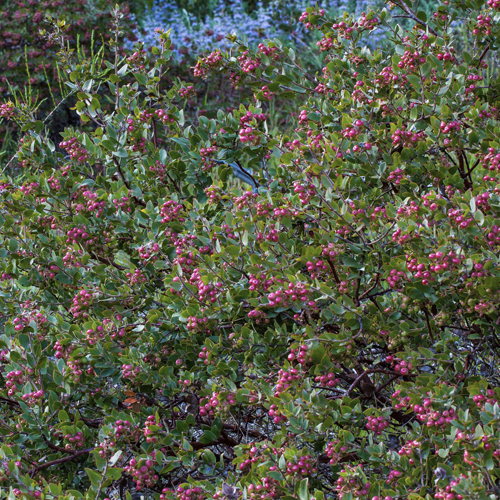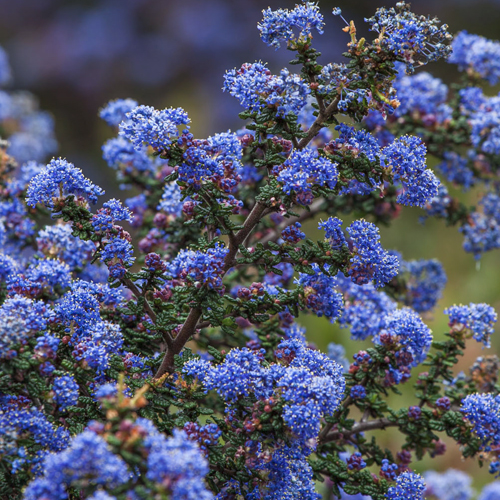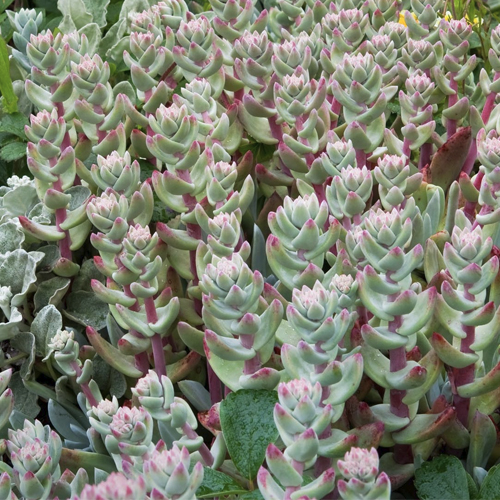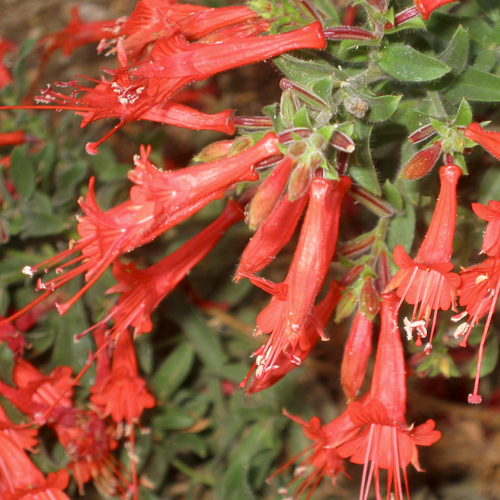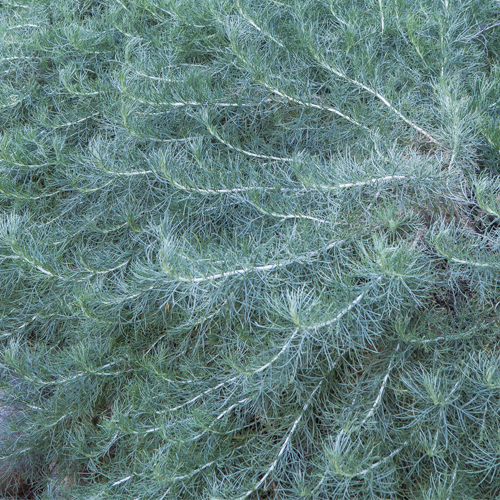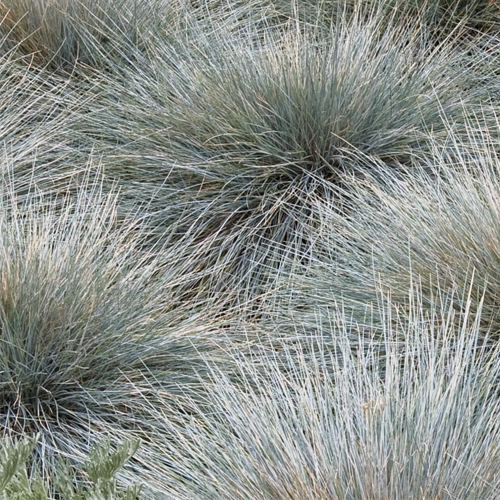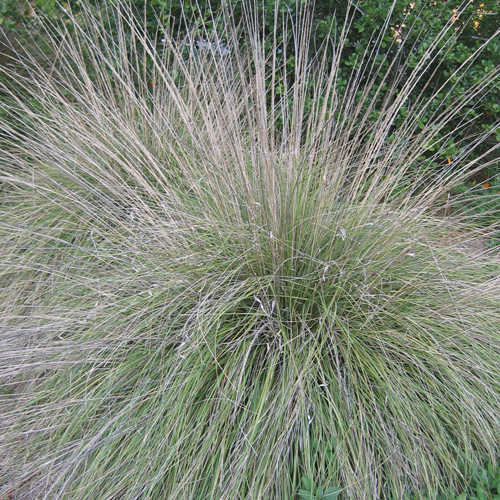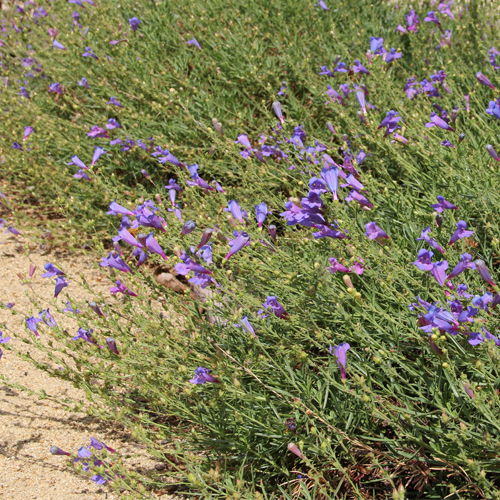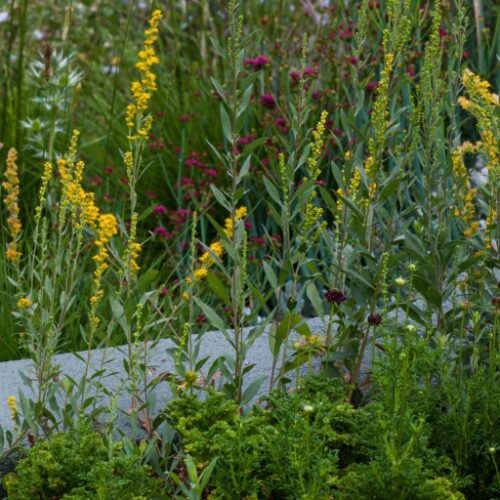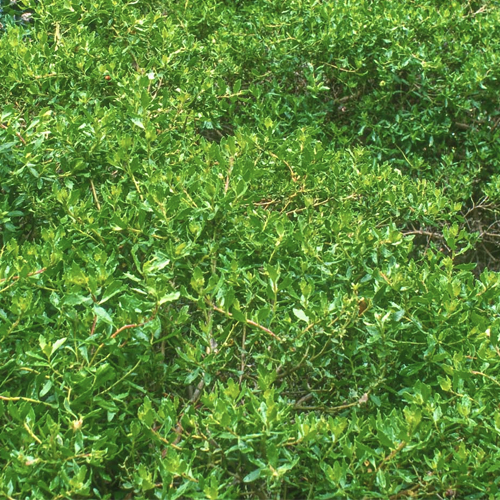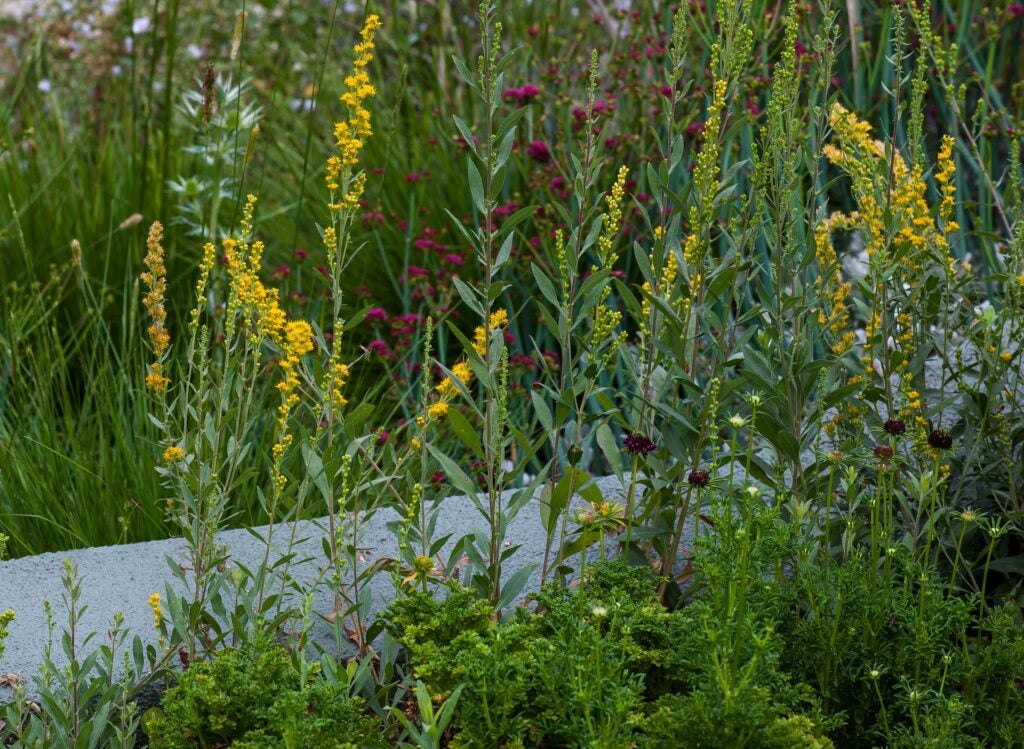HOA Lawn Conversion
BACK TO FULL TOUR
Garden Features
Drought Tolerant
California Natives
Deer Resistant
Drip Irrigation
Pesticide Free
Sheet Mulching
Lawn Conversion
Lawn-Free Landscaping
Wildlife Habitat
Partner: 
HOA Lawn Conversion or Sprinkler-to-Drip Water Saver.
Lawn sprinklers use, on average, one gallon of water per MINUTE. Contrast this with drip irrigation, which uses, on average, one gallon of water per HOUR.
Motivated to save water, to grow California native plants, and to provide natural habitat for song birds/hummingbirds/butterflies/pollinators, I responded to the Cash for Grass program offered by Santa Rosa City Water Department to convert lawn areas to drought tolerant plants.
I have now converted my lawn. The plants there now are watered by dripline. Many are receiving just one quarter gallon of water per month. And this is only their first year. Resources online say these plants can exist eventually without any supplemental water.
Of my plant choices, many are native species I see when hiking in Sugarloaf Ridge State Park and other parks in Sonoma County. I love these plants!
The complication of my particular project is that I live in a homeowner’s association. The lawn in front of my house is in common space. I had to submit my plan and plant list to both my HOA and the larger association in charge of my 3,000 home community. I’m so glad to have gotten approval.
Sheet mulching of the lawn area was done in the fall of 2021. The plants went in early spring of 2022. Neither deer, nor frost, nor a record breaking 114 degree day have phased these plants!
This project is contagious! My HOA of 47 homes has started converting all of its lawns to drought tolerant plants. The first batch of 6 lawn areas is complete. For the HOA, our goal is for them to be at least mostly California natives.
Native plants, are plants that have evolved in this area for 100,000s of years. They have genetic characteristics that give them resilience to changes in weather, changes in animal predation, and competition from other plants. They know these soils. So no need to add amendments. They are interdependent with each other and with the animals and soil organisms with which they are associated.
It turns out that saving water also saves our natural world of plants and animals.
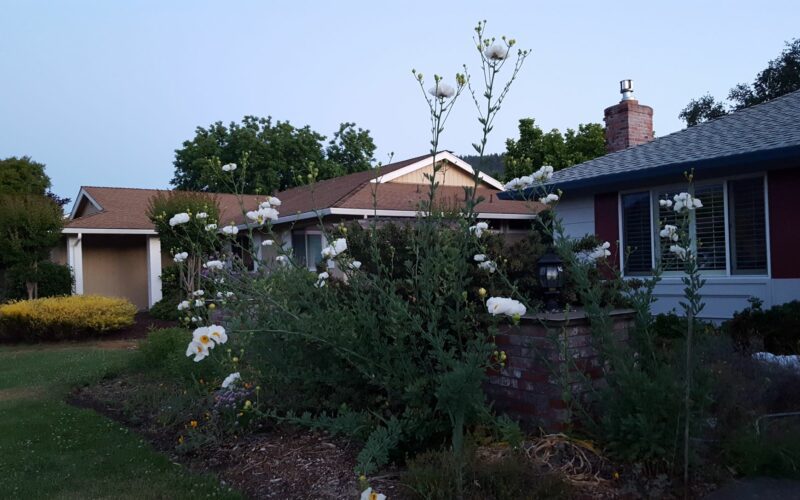
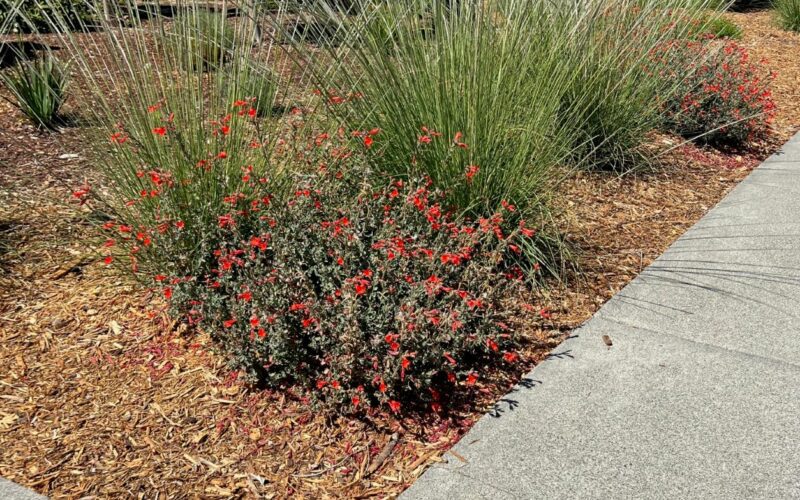
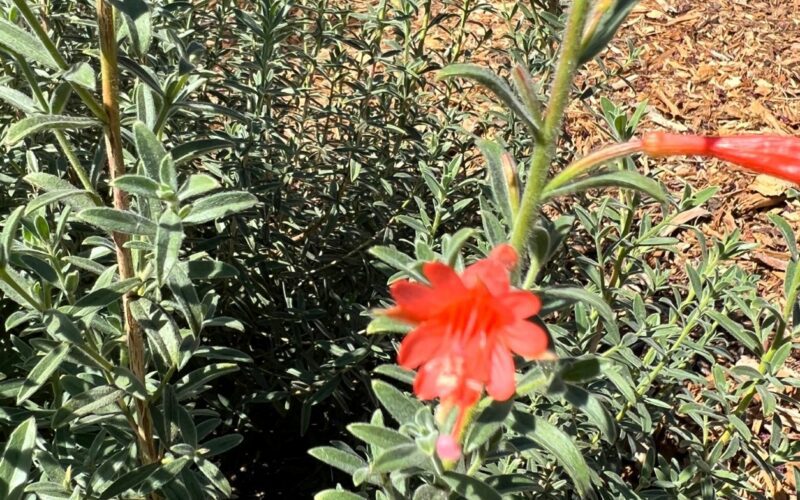
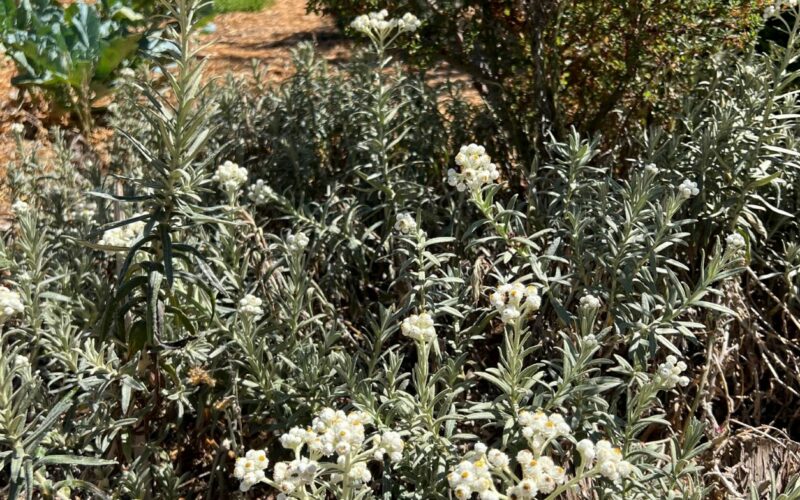
Plants in this Garden
Favorite Plants
Baccharis pilularis 'Pigeon Point'
prostrate coyotebush. Looks great all year. Low mounding and evergreen.
Muhlenbergia rigens
Whispy tall, bunching grass that adds height interest.
Epilobium canum
Bowman’s #1”, ‘Calistoga’ ‘Sierra Salmon’. These 3 cultivars have bloomed over a couple of months in late summer, and have attracted hummingbirds.
Satureja douglasii
Very nice smell. Doing well in the shady north side near my front door.
Ceanothus impressus and Ceanothus papillosus var. roweanus
Ceanothus ‘Dark Star’, (California lilac). Many blue blossoms. Attractive to pollinators and provides shelter and cover for California Towhees.
Favorite Garden Suppliers
Cal Flora Nursery
2990 Somers Street Fulton
Recommended Resources
Designing California Native Gardens
Written by Glenn KeatorGardening Tips
Look at your yard area.
Pay attention to where rain water flows on your site. Before planting, add swales and other modifications to capture rain before it gets to the storm drains. Design layout for plants needing less water/better drainage to be uphill or on mounds.
For areas without fencing, choose plants that can handle some nibbling from deer.
Calscape Website
The Calscape website adds companion plant information. You can group together plants that have evolved together over thousands of years. They support each other and associated wildlife and soil microbiology.
